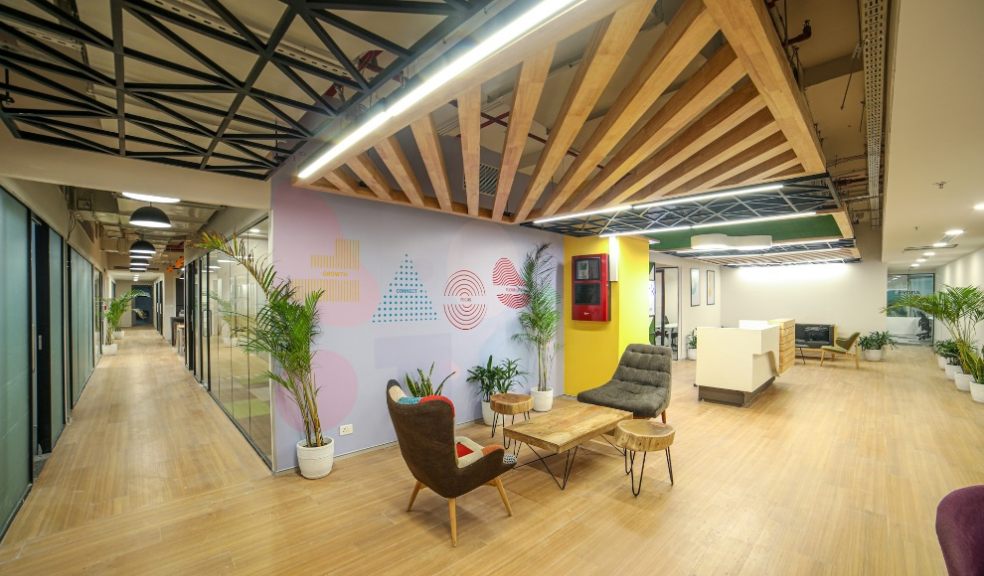
Tips for Designing Collaborative Spaces in Office Interiors
Designing spaces that encourage collaboration has become essential for businesses looking to foster creativity, teamwork, and productivity. As work environments evolve, especially with more people working from home, it’s crucial to create office spaces that cater to both team collaboration and individual work. Continue reading to discover simple yet effective ways to design collaborative spaces that truly make a difference in the workplace.
Why Collaborative Spaces Matter
In today’s modern office, collaboration is key to driving innovation and boosting team morale. Whether it's brainstorming sessions, meetings, or casual conversations, having the right environment can make all the difference.
Collaborative spaces help bring employees together, improving communication and encouraging the exchange of ideas. For businesses looking to optimise their office layouts, consulting with professional interior office designers in London can provide valuable insights into creating spaces that foster engagement and enhance team productivity.
Practical Tips for Designing Collaborative Spaces
When designing a collaborative space, it’s important to focus on flexibility, comfort, and functionality. Here are some practical tips to consider:
Create Flexible Layouts
One of the most important aspects of a collaborative space is flexibility, as it’s vital to design a space that can adapt to various team needs. Whether it’s a small huddle or a large meeting, furniture that can be easily rearranged, such as modular desks and chairs, allows employees to customise their environment. This flexibility ensures the space can be used for different purposes, improving its overall efficiency.
Choose Comfortable, Inviting Furniture
When selecting furniture for a collaborative space, comfort should always be a priority. Ergonomic chairs and spacious desks encourage employees to work comfortably for longer periods. Including lounge areas or soft seating options also offers a relaxed setting for informal discussions. Remember that creating an inviting space helps foster a welcoming atmosphere that encourages creativity and participation.
Maximise Natural Light
Natural light plays a big role in enhancing workplace productivity and mood. Try to design your collaborative spaces near windows or use glass walls to allow natural light to flow into the area. Not only does this make the space feel more open and airy, but it also helps employees feel more energised and connected to the outdoors.
Incorporate Technology
A successful collaborative space requires the right technology to support seamless communication. Interactive whiteboards, video conferencing tools, and projectors are just a few examples of tech that can improve collaboration. Make sure there are enough charging points and reliable Wi-Fi throughout the space to keep everything running smoothly. When done right, technology enables teams to work efficiently, whether they’re in the office or working remotely.
Provide Quiet, Private Areas
While collaboration is essential, there are times when employees need a quiet place to focus. Balancing open spaces with private zones can allow employees to switch between group work and solo tasks. A good office design includes quiet areas where individuals can concentrate without distractions, helping them stay productive when needed.
Conclusion
Designing a collaborative space isn’t just about adding a few desks and chairs. It’s about creating an environment that encourages innovation, enhances productivity, and supports the diverse needs of your team. By focusing on flexibility, comfort, and technology, you can design a space that truly fosters collaboration. If you're ready to create a more productive and inspiring office, reach out to professionals who can guide you in the right direction.

















